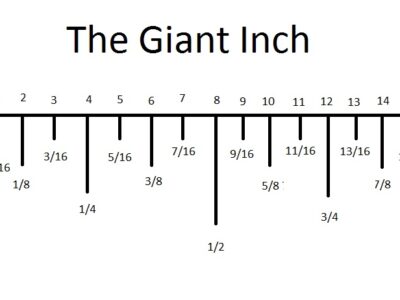
Toyota Corolla KE30 Engine Swap: The Ultimate Guide
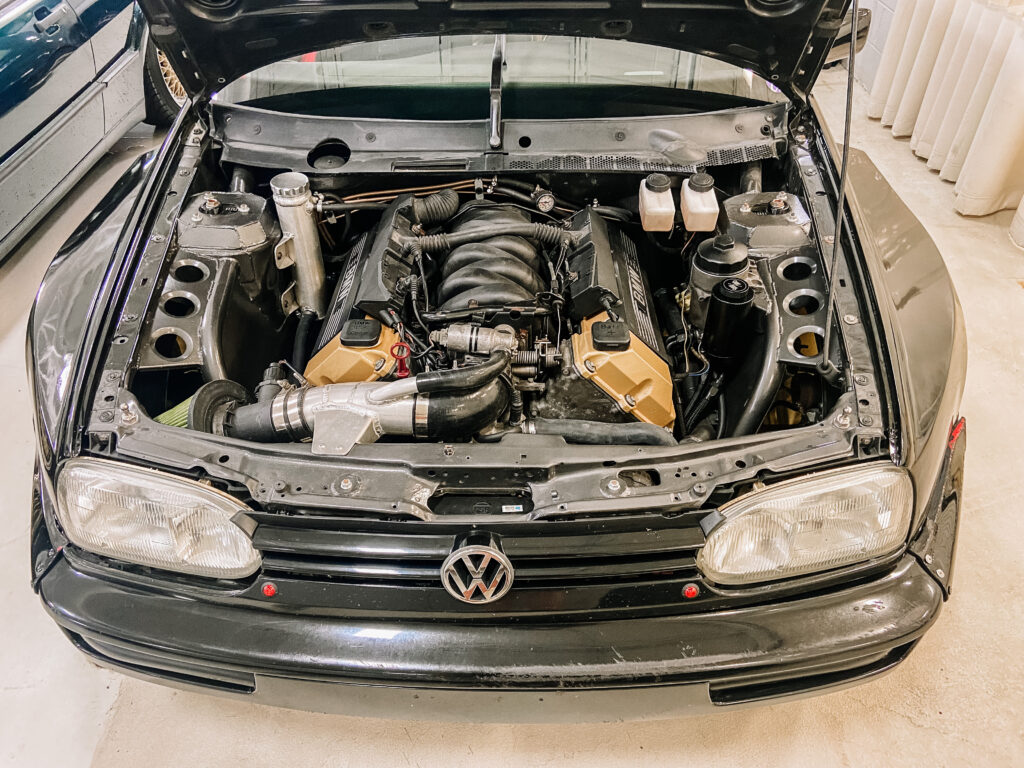
- Introduction
- Understanding the Toyota Corolla KE30
- Why Consider an Engine Swap?
- Choosing the Right Engine for Your KE30
- Essential Tools and Preparation
- Step-by-Step Engine Swap Process
- Modifications You Might Need
- Tuning and Performance Enhancements
- Common Mistakes to Avoid
- Cost Breakdown
- Legal and Safety Considerations
- Real-World Examples and Builds
- Maintenance After the Swap
- Final Thoughts
- FAQs
Introduction
So, you’ve got your hands on a classic Toyota Corolla KE30, and you’re itching to give it some extra muscle under the hood? An engine swap might be exactly what you need. Swapping engines isn’t just about adding horsepower—it’s about breathing new life into a vintage icon. Buckle up, because in this guide, we’ll walk you through everything you need to know about doing an engine swap on a KE30, from picking the right motor to making sure it runs like a dream.
Understanding the Toyota Corolla KE30
A Quick Look at the KE30’s History
The KE30, produced in the mid-1970s, is a beloved member of the Corolla family. Known for its boxy shape and lightweight design, this little coupe became a favorite among enthusiasts worldwide. It’s simple, reliable, and surprisingly fun to drive.
Original Engine Options
From the factory, the KE30 came with small displacement engines—typically a 1.2L or 1.3L inline-4. While great for cruising around town, these engines weren’t exactly performance beasts. That’s why engine swaps are so common for this model: the chassis is light and adaptable, making it perfect for modern powerplants.
Why Consider an Engine Swap?
More Power and Better Performance
Let’s be real—the stock engine won’t blow your mind. A swap can transform your KE30 from a mild cruiser into a proper sleeper.
Improved Fuel Efficiency
Modern engines offer better fuel management, meaning you can get more power without guzzling gas like crazy.
Modern Reliability
Older engines can be charming but finicky. A newer motor means fewer breakdowns and more time enjoying the ride.
Choosing the Right Engine for Your KE30
Classic Toyota Engine Options
4A-GE
A legendary engine among Toyota fans, the Toyota 4A-GE offers a smooth revving experience and great aftermarket support. It’s compact, making it a popular choice for KE30 swaps.
3S-GE
If you want more torque and power, the Toyota 3S-GE is another solid option. It’s slightly larger but still fits well with proper mounts.
Modern Swaps
SR20DET
Yes, a Nissan engine. The Nissan SR20DET turbocharged motor is famous for its power potential. Many enthusiasts pick this swap for serious performance builds.
1UZ-FE
Want a V8 in your Corolla? The Toyota 1UZ-FE is a lightweight aluminum V8 that can turn your KE30 into a beast.
Essential Tools and Preparation
Mechanical Tools You’ll Need
- Engine hoist and stand
- Full socket and wrench set
- Jack stands and a hydraulic jack
- Drill and cutting tools for fabrication
Safety Gear and Workspace Setup
Make sure you have a clean, well-lit space to work. Safety goggles, gloves, and a fire extinguisher are must-haves. A well-organized garage can save you hours of frustration later.
Step-by-Step Engine Swap Process
Step 1: Removing the Old Engine
Disconnect everything—fuel lines, wiring harness, mounts, driveshaft. Label each wire and hose. Trust me, future you will thank you.
You may be interested in reading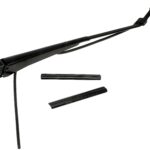 Toyota Corolla Wiper Arm Replacement: A Complete Step-by-Step Guid
Toyota Corolla Wiper Arm Replacement: A Complete Step-by-Step GuidStep 2: Preparing the Engine Bay
Clean and inspect the bay for rust or cracks. You might need to notch or weld in certain areas to fit the new engine properly.
Step 3: Mounting the New Engine
Install custom or aftermarket mounts designed for your chosen engine. Proper alignment here is crucial.
Step 4: Wiring and Plumbing
Wiring can be intimidating, but a good wiring diagram makes all the difference. Adapt fuel and coolant lines to match the new motor.
Step 5: First Start-Up and Tuning
Once everything’s hooked up, it’s time for the big moment. Turn the key, listen for leaks or odd noises, and then get it tuned professionally.
Modifications You Might Need
Mounts and Crossmembers
Rarely does an engine just “drop in.” Be prepared to fabricate or buy aftermarket mounts and modify the crossmember.
Transmission Compatibility
Depending on your engine choice, you may need to upgrade or adapt the transmission. Some engines pair nicely with the original gearbox; others require full replacements.
Suspension and Brake Upgrades
More power means more stress. Upgrading your suspension and brakes ensures your KE30 can handle the extra muscle.
Tuning and Performance Enhancements
ECU Options
A standalone ECU gives you more control over your tune. Popular choices include programmable aftermarket systems that allow for fine-tuning performance.
Exhaust and Intake Upgrades
A free-flowing exhaust and performance intake can unlock extra power and give your KE30 a growl that turns heads.
Dyno Tuning for Peak Output
After everything’s installed, dyno tuning is the best way to squeeze out maximum power while ensuring reliability.
Common Mistakes to Avoid
Underestimating Wiring Work
Wiring can make or break your swap. Take your time, label everything, and don’t cut corners.
Ignoring Cooling System Upgrades
Your new engine might run hotter than the stock one. Invest in a larger radiator and electric fans.
You may be interested in reading Toyota Corolla Wiper Arm Replacement: A Complete Step-by-Step Guid
Toyota Corolla Wiper Arm Replacement: A Complete Step-by-Step Guid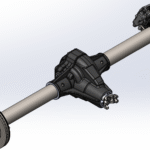 Toyota Corolla Rear Axle Replacement: A Complete Guide
Toyota Corolla Rear Axle Replacement: A Complete GuideForgetting Legal Requirements
Depending on where you live, engine swaps can have legal restrictions. Make sure your build complies with local regulations.
Cost Breakdown
Engine and Parts Costs
- Used engine: $1,000–$4,000 (depending on model and condition)
- Mounts, radiator, exhaust: $500–$1,500
- Wiring and ECU: $500–$1,000
Labor and Miscellaneous Expenses
- Professional labor (if not DIY): $1,500+
- Fluids, gaskets, small parts: $300–$600
Legal and Safety Considerations
Emissions Regulations
Some regions require the engine to be the same year or newer than the car. Check emissions laws before starting.
Registration and Insurance
Notify your insurance provider and local DMV (or equivalent). Some modifications need inspection or certification.
Real-World Examples and Builds
Street Builds
Many KE30 owners opt for the 4A-GE or SR20DET for street use. It offers the perfect balance between daily drivability and performance.
Track and Drift Applications
For track or drift builds, the 1UZ-FE or high-boost SR20DET setups dominate. These swaps turn the KE30 into a lightweight rocket.
Maintenance After the Swap
Regular Checks
Keep an eye on fluids, wiring connections, and mounts. A swapped car needs more frequent checks than stock.
Preventive Upgrades
Things like upgraded cooling, quality sensors, and proper tuning help extend the life of your new setup.
Final Thoughts
Swapping an engine in a Toyota Corolla KE30 is more than just a project—it’s an adventure. From choosing the perfect engine to fine-tuning every last detail, it’s a labor of love that can turn a humble classic into a powerhouse. Whether you want a daily driver with a bit more bite or a track monster, the KE30’s lightweight chassis and adaptable design make it the perfect platform for your dream build.
FAQs
1. What’s the easiest engine swap for a Toyota Corolla KE30?
The 4A-GE swap is considered the most straightforward due to its size, availability, and aftermarket support.
2. Do I need to upgrade the transmission?
In most cases, yes—especially for higher-powered engines like the 3S-GE or SR20DET.
3. How long does an engine swap usually take?
For experienced builders, it can take 2–4 weeks. For first-timers, expect a few months.
4. Is an engine swap street legal?
It depends on your local laws. Always check emissions and registration requirements before starting.
 Toyota Corolla Wiper Arm Replacement: A Complete Step-by-Step Guid
Toyota Corolla Wiper Arm Replacement: A Complete Step-by-Step Guid Toyota Corolla Rear Axle Replacement: A Complete Guide
Toyota Corolla Rear Axle Replacement: A Complete Guide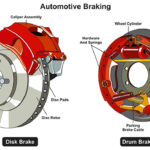 Toyota Corolla Rear Brake Replacement: A Step-by-Step Guide
Toyota Corolla Rear Brake Replacement: A Step-by-Step Guide5. How much horsepower can a KE30 handle?
With proper suspension, brakes, and chassis reinforcement, it can safely handle over 300 horsepower.
If you want to know other articles similar to Toyota Corolla KE30 Engine Swap: The Ultimate Guide you can visit the category Service and Parts.
Deja una respuesta

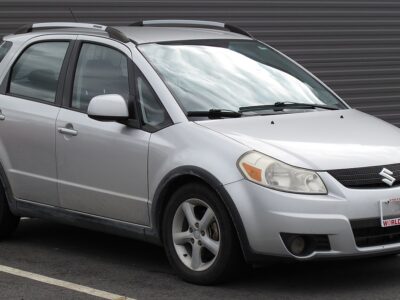
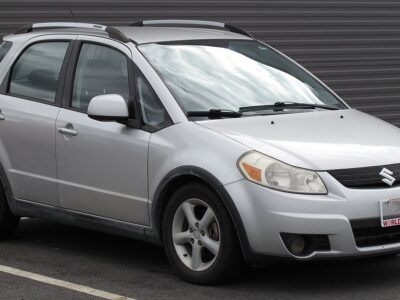
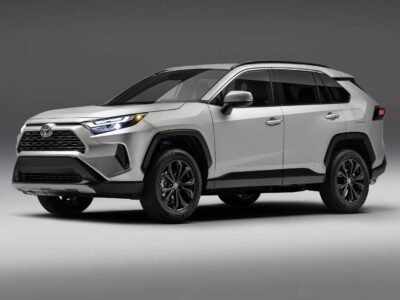
More content of your interest